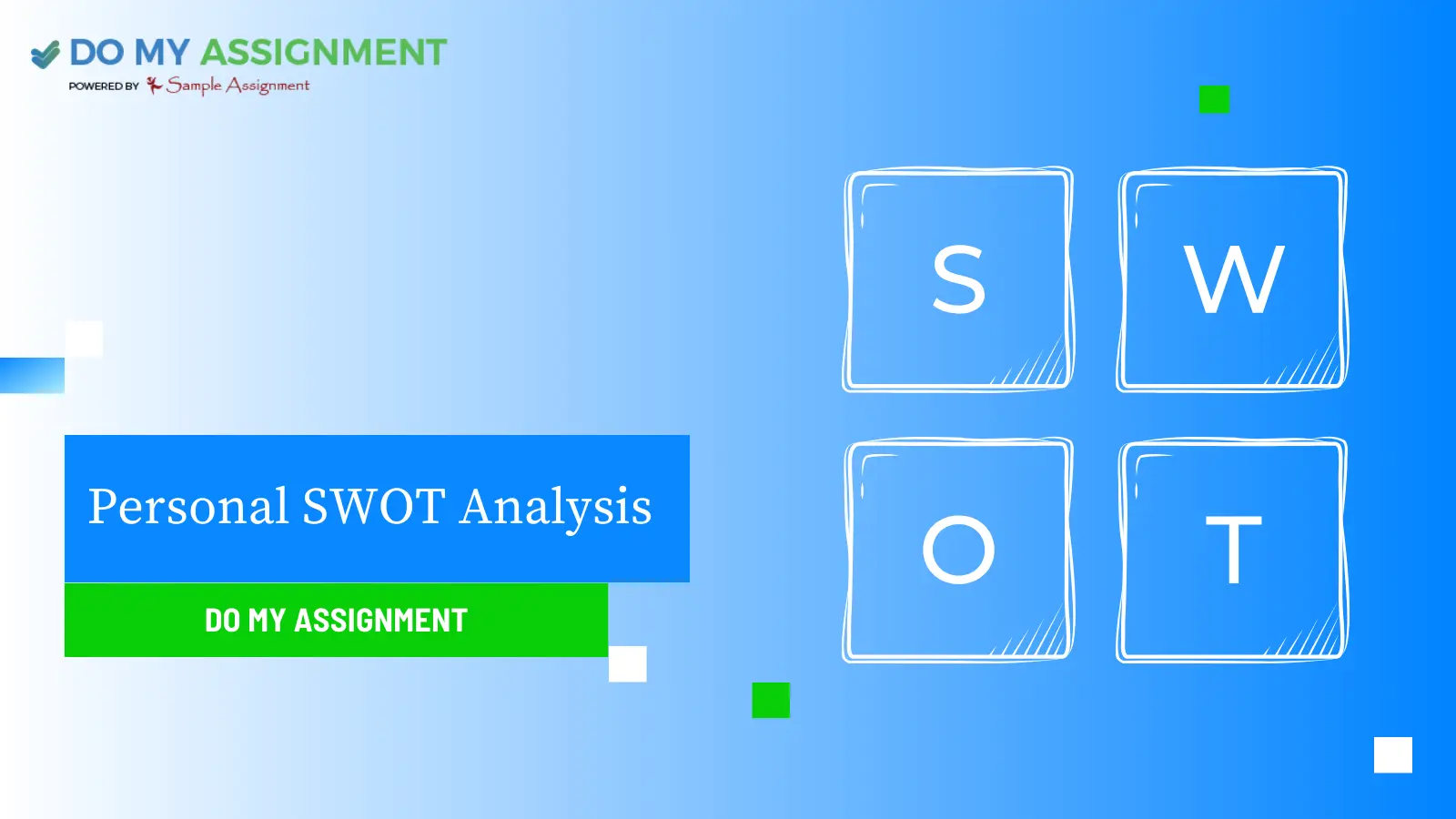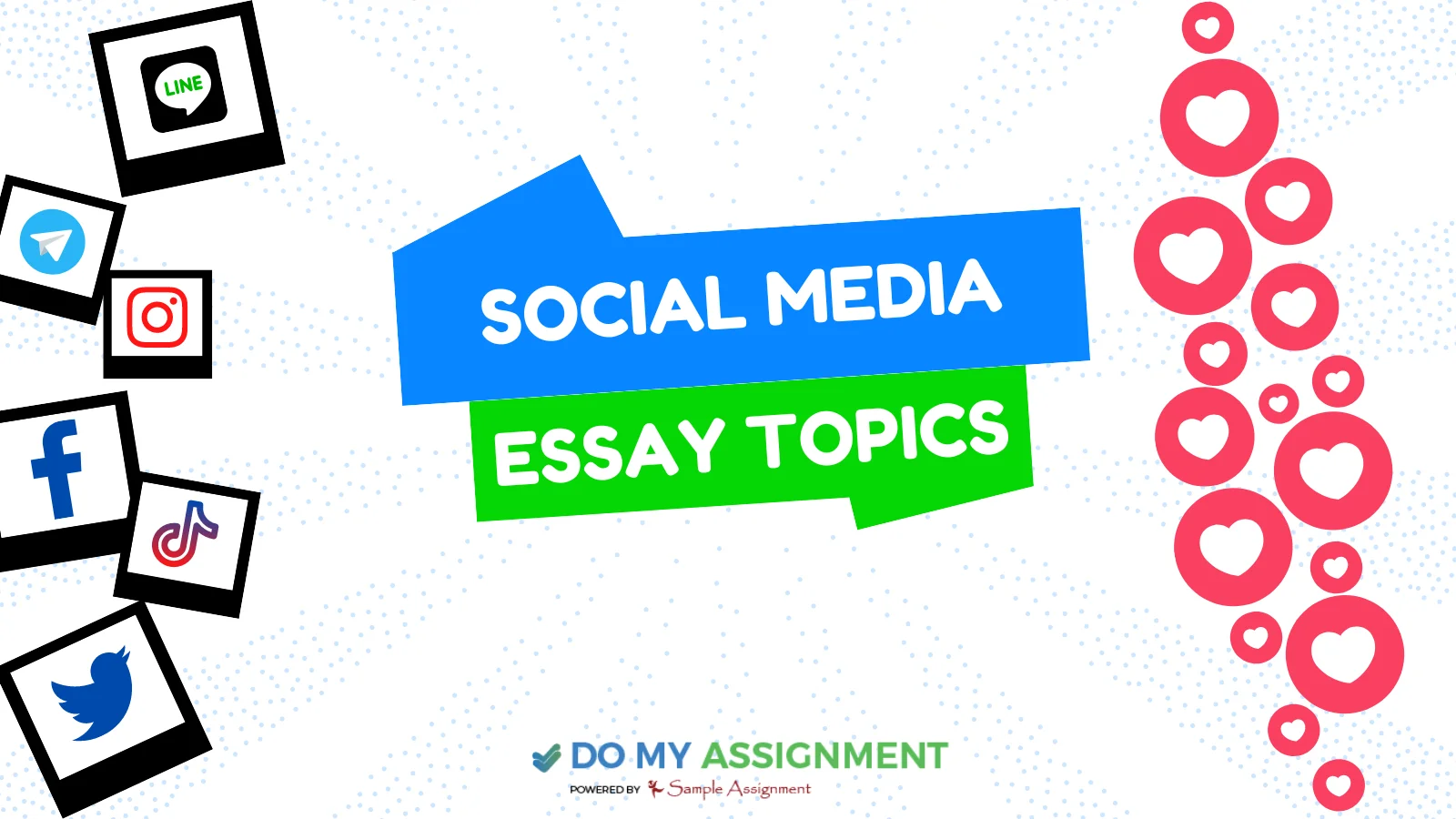Personal SWOT Analysis: Unveiling the Power of Self-Reflection and Development

Highlights
Personal SWOT Analysis—four words that hold the potential to transform how students perceive themselves and their future. It's not just a strategic planning tool; it's a compass guiding individuals through the terrain of self-awareness, goal setting, and personal growth. In this extensive exploration, we will navigate the essence of Personal SWOT Analysis, understand why learning it is paramount for students, explore the profound learning outcomes it offers, dissect personal SWOT analysis examples, and unveil the intricate connection between personal goals and this self-assessment tool. Additionally, we will explore how "Do My Assignment" assists students in mastering Personal SWOT Analysis.

Demystifying Personal SWOT Analysis
Before we delve into the significance and learning outcomes, it's essential to establish a solid understanding of what Personal SWOT Analysis entails.
SWOT Framework
SWOT stands for Strengths, Weaknesses, Opportunities, and Threats. It's a structured framework used for identifying and evaluating these four aspects within a specific context—in this case, your personal and professional life.
Self-Reflection Tool
Personal SWOT Analysis is a self-assessment tool that encourages individuals to critically evaluate their internal strengths and weaknesses as well as external opportunities and threats.
Goal Alignment
It aids in aligning personal and professional goals with individual strengths and opportunities while addressing weaknesses and potential threats that could hinder progress.
Strategic Planning
The insights gained from a Personal SWOT Analysis can inform strategic planning, whether it's for career development, personal growth, or academic pursuits.
Why Learning Personal SWOT Analysis is Vital for Students?
For a number of compelling reasons, students must learn personal SWOT analysis. Let's explore why learning this self-evaluation tool is essential for their growth, both personally and academically:
Self-Awareness
Personal SWOT Analysis fosters self-awareness—a fundamental aspect of personal and professional development. It encourages students to reflect on their abilities, limitations, aspirations, and potential challenges.
Goal Clarity
Students often grapple with defining clear goals. SWOT Analysis helps them identify what they want to achieve and how their strengths can support these goals.
Decision-Making
In the academic and professional world, effective decision-making is paramount. SWOT Analysis equips students with the tools to make informed decisions by considering their internal and external factors.
Career Planning
For students navigating the path of career planning, Personal SWOT Analysis provides valuable insights. It assists in choosing the right career path that aligns with your strengths and interests.
Self-Improvement
SWOT Analysis isn't just about identifying strengths; it's also about addressing weaknesses. This process promotes self-improvement and growth.
Adaptability
In an ever-changing world, adaptability is a vital skill. SWOT Analysis helps students anticipate potential challenges and prepares them to adapt to various situations.
What do you get after Studying Personal SWOT Analysis?
Studying Personal SWOT Analysis yields a multitude of benefits, both academically and personally. Here's a closer look at what you can gain after delving into this self-assessment tool:
Self-Reflection
Personal SWOT Analysis enhances self-reflection skills. Students learn to critically assess themselves and gain a deeper understanding of their traits and tendencies.
Goal Setting
Students become proficient in setting well-defined, achievable goals. They learn how to align their goals with their strengths and opportunities.
Problem-Solving
SWOT Analysis is essentially a problem-solving tool. Students develop problem-solving skills by identifying weaknesses and threats and devising strategies to address them.
Strategic Thinking
SWOT Analysis encourages strategic thinking. Students learn how to plan and make decisions that are in line with their long-term objectives.
Self-Management
Students gain self-management skills by recognizing their strengths and leveraging them to overcome challenges and seize opportunities.
Effective Communication
Insights from a Personal SWOT Analysis can be instrumental in effective self-presentation, such as during job interviews or personal development discussions.
Personal SWOT Analysis Example
Let's explore a hypothetical example to understand how a Personal SWOT Analysis might look:
Strengths:
- Strong analytical skills
- Effective communicator
- Detail-oriented
- Good time management
- Positive attitude
Weaknesses:
- Lack of public speaking experience
- Limited industry-specific knowledge
- Tendency to procrastinate
- Impatient with repetitive tasks
- Difficulty in receiving criticism
Opportunities:
- Networking events in the industry
- Online courses to improve industry knowledge
- Leadership training programs
- Opportunities to work on diverse projects
- Potential for career advancement
Threats:
- Economic instability in the industry
- Competition for promotions
- Rapid technological changes
- Personal health issues
- Work-related stress
Connecting Personal Goals with SWOT Analysis
Personal SWOT Analysis is a tool that bridges the gap between where you are and where you want to be. Here's how it connects with personal goals:
Strengths to Goals: Your strengths can be the driving force behind your goals. For example, if one of your strengths is effective communication, you might set a goal to become a team leader, where communication is crucial.
Weaknesses to Goals: Identifying weaknesses helps you set goals for self-improvement. If you have a weakness in public speaking, a goal might be to enroll in a public speaking course.
Opportunities to Goals: Opportunities often align with your goals. Recognizing opportunities in your SWOT Analysis can help you prioritize and seize them.
Threats to Goals: Understanding threats allows you to address potential obstacles to your goals proactively. For example, if a threat is work-related stress, a goal might involve stress management strategies.
Conclusion
Personal SWOT Analysis is a potent self-assessment tool that empowers students to navigate their personal and professional journeys effectively. It fosters self-awareness, aids in goal setting, and equips students with skills essential for decision-making and adaptability. The profound learning outcomes of studying Personal SWOT Analysis extend far beyond the classroom, shaping individuals into strategic thinkers and self-improvement enthusiasts.
With the right "Pay Someone to Do My Assignment" services, students can embark on this transformative journey, unlocking their potential and achieving their personal and academic goals. So, take the plunge into the world of Personal SWOT Analysis, and watch as it becomes your compass for personal and professional success.
Nick Johnson
Nick is a multi-faceted individual with diverse interests. I love teaching young students through coaching or writing who always gathered praise for a sharp calculative mind. I own a positive outlook towards life and also give motivational speeches for young kids and college students.









